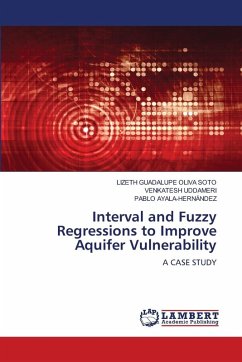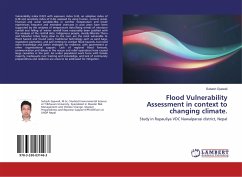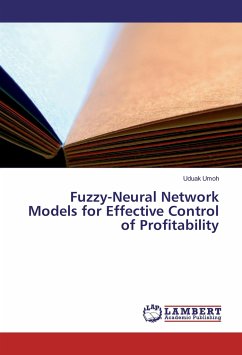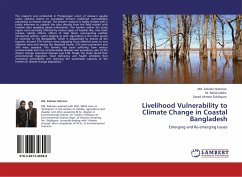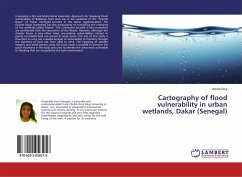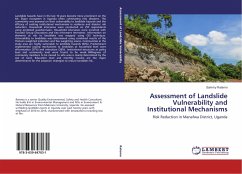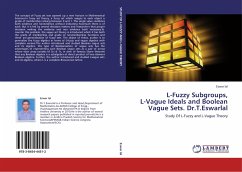The weighted multi-criteria decision-making approach called DRASTIC, is widely used in the US and elsewhere to assess aquifer vulnerability to pollution. Conventionally, DRASTIC weights are arbitrarily assigned by the decision-makers. This approach introduces considerable uncertainty in the process. The use of interval and fuzzy regression schemes have been proposed in the study to obtain weights. The aquifer vulnerability is also related to the observed pollutant concentration using an exponential risk-utility function. Six different interval and fuzzy regressions were evaluated in the fast-growing region of Central Mexico underlain by the Silao-Romita aquifer sub-system. The results of the study indicated that the conventional DRASTIC approach generally under-estimated vulnerability in urban areas and some agricultural lands while the interval and fuzzy regressions yielded more realistic results. Similarity indices were developed to assess the predictive capabilities of the models. The use of Savic and Pedrycz's least-squares approach enhanced the predictive capabilities of interval regression and the classical Tanaka fuzzy regression.
Bitte wählen Sie Ihr Anliegen aus.
Rechnungen
Retourenschein anfordern
Bestellstatus
Storno

